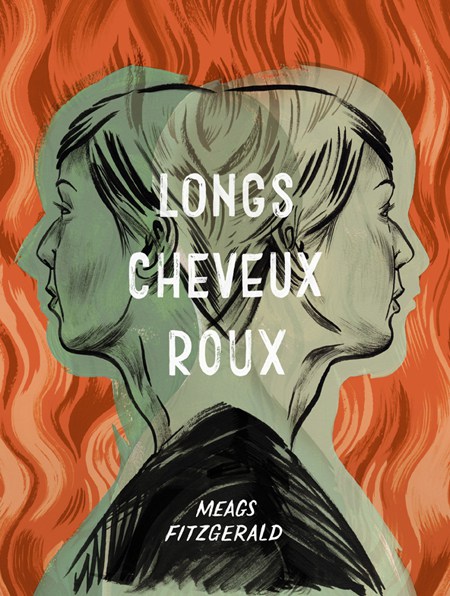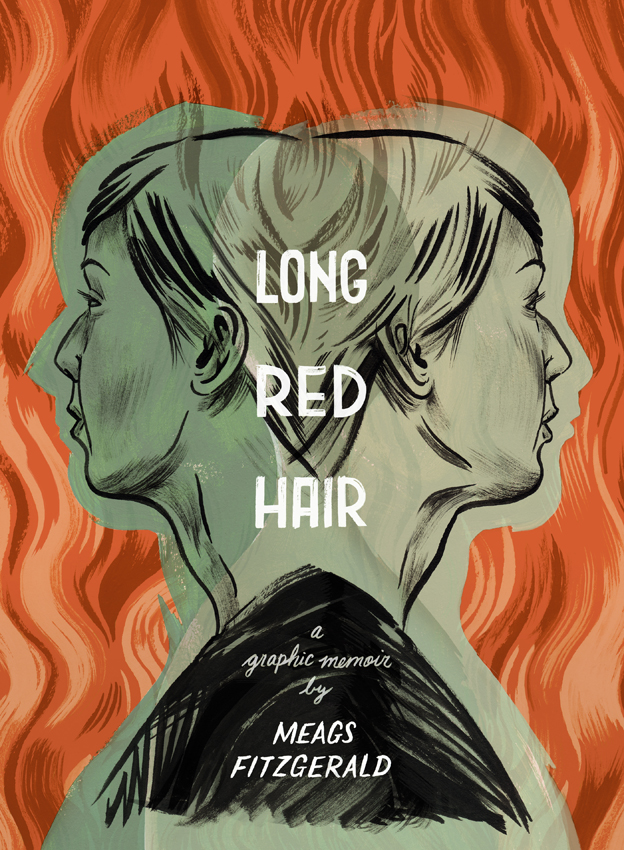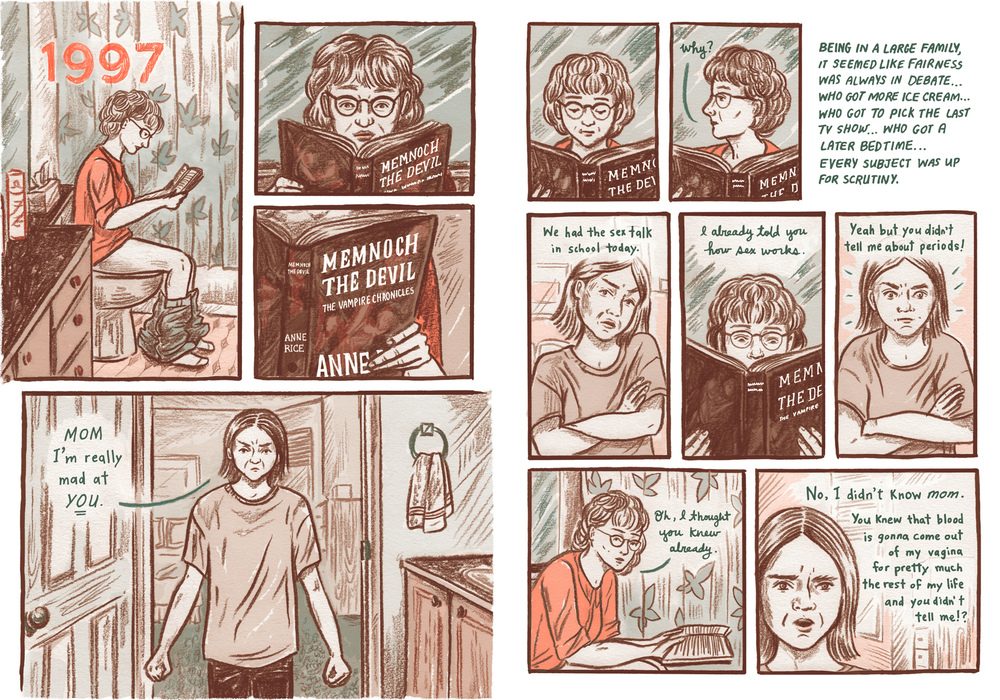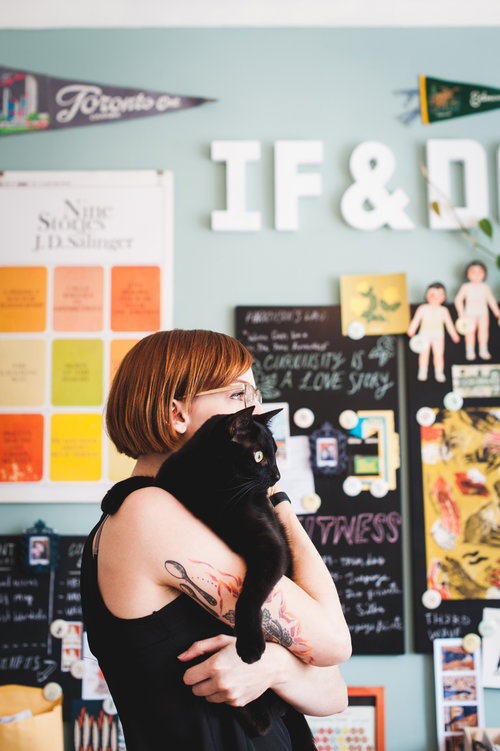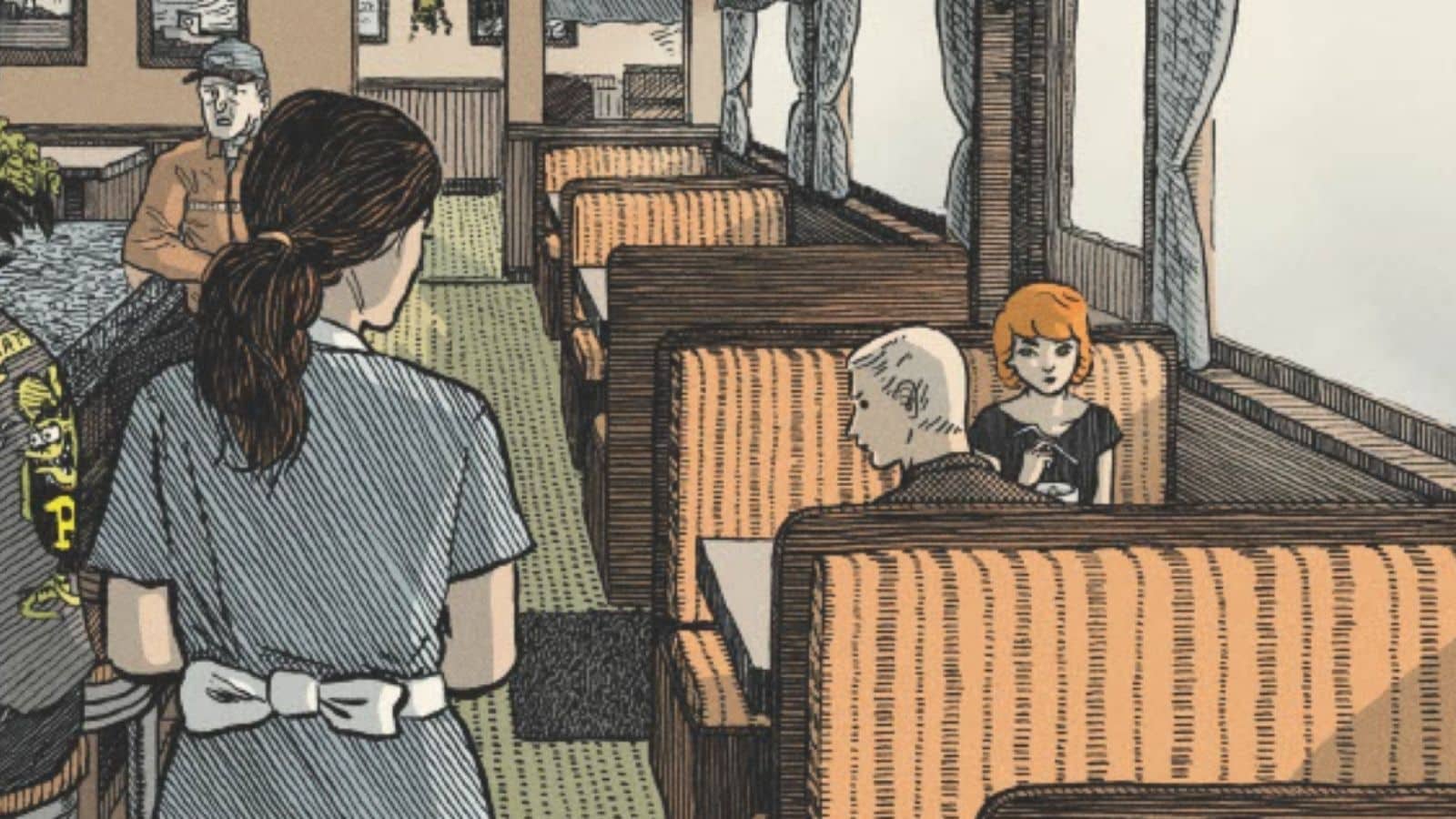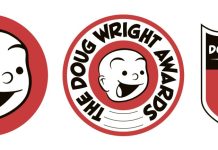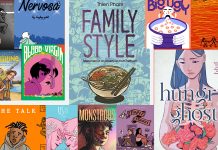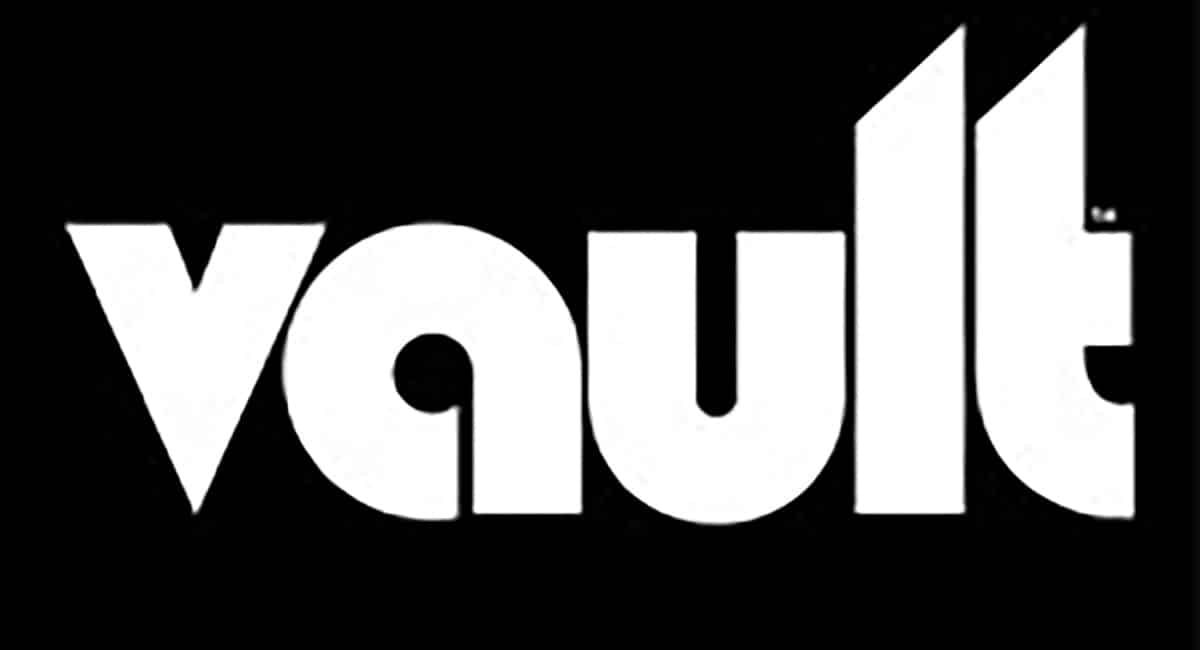The Toronto Comic Arts Festival is one of the most influential and important comic book event in North America. It’s mission is to “promote the creators of comic books in their broad and diverse voices, for the betterment of the medium of comics”. In the spirit of this mission, the Comics Beat has conducted a series of interview with some of the phenomenal cartoonists in attendance at this year’s festival. The Comics Beat will be releasing a series of interview with cartoonist in attendance. We hope that these interviews will improve our understanding of these creators voices, techniques, interests and influences.
In this final TCAF 2017 interview series, we talked with Meags Fitzgerald. Meags is a Montreal-based artist and an award winning illustrator, graphic novelist and stop-motion animator. She’s the author of Photobooth: A Biography and Long Red Hair, who was just translated in French by Pow Pow Press. I’ve had the pleasure to meet her in Ottawa on Free Comic Book Day as she attended a panel at the Ottawa Public Library. She was very generous with her time as we discussed ambidexterity, layout, autobiography and translation.
—
Philippe Leblanc: For those readers who may not be familiar with you and your work, can you tell us a little bit about yourself?
Meags Fitzgerald: I work mainly as an illustrator, cartoonist and as a theatrical improviser and live storyteller. I’m also training as an aerial artist with the circus. I’m happiest when I’m doing many different kinds of projects at once.
PL: I’ve been finding your video series of ambidextrous drawing fascinating. The results have been incredible whether we look at the act of drawing with two hands or at the resulting art itself. You’ve been working on a new graphic novel whose working title is Arm’s Reach about the many aspects of ambidexterity. How do you plan to explore that topic in a graphic novel format? How do you resolve the conundrum of ambidextrous drawing as performance and as art?
MF: I think one of my strengths as a cartoonist is creating versatile layouts and adapting them to mirror the content I’m working with. I’m working on pages and spreads that convey the passage of time and movement. I like to layer images and at times ignore panel borders, which allows for a lot of fluidity and easy movement for the eye.
The book is about right and left-handedness and how those things impact our brain and lives. So there are a lot of fun things I can do with the format and layouts to visually convey the many sides of the research.
PL: If you’re envisioning which pages are facing each other in the book, that means you must also envision how it will be read. It can’t be edited differently otherwise it would break the flow of the book. You can’t decide to just add a page without risking to break the flow of the pages coming after that.
MF: Yes, this became an issue when I was making Photobooth: A Biography, because whenever I wanted to add one page to a chapter, it would offset all the spreads following it, so I would have to come up with a whole new page of content to add somewhere to make sure the correct pages where facing each other again.
PL: Your first graphic novel Photobooth was a mix between history and autobiography. Your previous graphic novel Long Red Hair was mostly autobiographical. You’ve posted a chapter of Arm’s Reach on your website and it seems you are once again mixing history and autobiography. How do you find the right balance between the story of your subject and your own story?
MF: I think that finding the balance is a really intuitive process. I try not to put myself in my own books purely for my ego’s sake. When I included details about myself, either it’s part of the structure of the plot, or it’s a narrative device to connect two themes. I also think it helps to infuse the book with some emotion. Particularly in Photobooth, there are long stretches where I’ve written about very technical things, but by breaking up those parts by relaying my personal experiences with with photobooths, it stirs up some feelings. It’s important to make the content feel personal so people can relate to it.
PL: I’m curious to know about what kind editorial input you receive, if at all from your publisher.
MF: I’d say about 99% of it is on me. I wish it wasn’t the case sometimes because that would relieve some pressure. Conundrum Press has been very good to me. Andy (the publisher) trusts his artists and their vision. So the kind of input I receive is mostly about spelling and grammar. Once in a while I’ll hear “hey this panel doesn’t make sense, maybe redraw that.” For structural edits I’ve had the help of my friend and fellow cartoonist Georgia Webber. She’s a great comics editor and has really helped me gain an outsider perspective when I’m deep in a project.
PL: Before our discussion, you mentioned that there is no two page with the same layout in Photobooth. I’m curious to know how that came about?
MF: It happens sorta naturally. There are two pages actually with the same layout, but that was intentional in a part where I’m trying to draw parallels between the teenager years of Anatol Josepho (the inventor of the photobooth) and my own. It’s the part where he moves to Berlin and he’s learning how to work in a dark room. I used the same layout for myself for when I moved to Calgary to go to art school. I’m pretty sure that’s the only place where the layout is repeated.
PL: Your graphic novel Long Red Hair has recently been published in French by Pow Pow Press as Long Cheveux Roux. Why was it important for you to have this tale translated in French?
MF: It’s funny, I always thought Photobooth would get a French translation (and it still might,) but it just wasn’t happening. I’ve always wanted it to be in French because I live in Montreal and a big part of the book takes place in Quebec, France and Belgium, so I think there would be an audience there. I focused on that for so long that it never occurred to me that Long Red Hair could get translated. Luc from Editions Pow Pow emailed me about it and I screamed yes immediately. I was very excited. Montreal is my adopted homeland and I love it here. It’s important to me that my work is accessible to people in Quebec. I want to develop a stronger connection with readers in the place that I’m living in.
—
You can find Photobooth: A Biography and Long Red Hair on Meags online store. You can get a copy of Long Cheveux Roux on the Pow Pow Press Store. You can follow Meags’ series of ambidextrous drawings on Youtube, or through Patreon


